White Papers and Detailed Investigations
White Papers and Detailed Investigations
You can learn more about a particular area of chromatography. We have a range of educational information available for you.
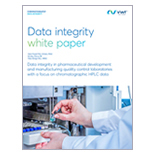
Data Integrity in the Context of HPLC Data for the Pharmaceutical Industry
If you need a summary of the current status of data integrity requirements in the context of HPLC for pharmaceutical quality control, read this.
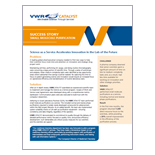
Success Story: How We Helped a Major Company Become More Efficient in Their Small Molecule Purification Processes.
If you are looking for new ways of working to drive efficiency improvements in your laboratory, we have a team who can help.

Accelerating UHPLC/HPLC Method Development
Maximising chromatographic selectivity with novel stationary phase chemistries...
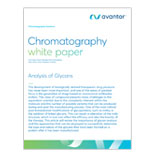
Analysis of Glycans
Monoclonal Antibodies (mAbs) are a class of compound that present many challenges to the separation scientist. We review the importance of glycan analysis and the approaches that can be employed.

Achieving successful method translations in liquid chromatography
Learn about the theory, principles and key equations that are required for method translation and how to apply them to isocratic and gradient LC methods. Common pitfalls and the Avantor® ACE® Method Translator tool are also reviewed.
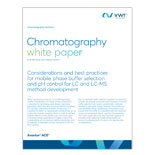
Considerations and best practices for mobile phase buffer selection and pH control for LC and LC-MS method development
Harness pH as a tool for method development! Review the theory and impact of pH and the associated buffers in this paper.
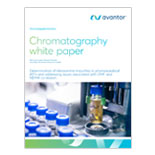
Determination of nitrosamine impurities in pharmaceutical API’s and addressing issues associated with DMF and NDMA co-elution
Nitrosamine impurities are a topic of increasing global concern but the analysis is challenging. Avantor’s R&D team review LC-MS/MS solutions and how to address key issues for regulatory purposes.
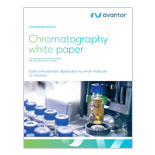
Solid core particles: Application to small molecule LC analysis
Looking to increase performance or throughput of your analysis using solid core particles? Discover the theory behind why they offer advantages over fully porous particles and how to apply these to your own analyses.